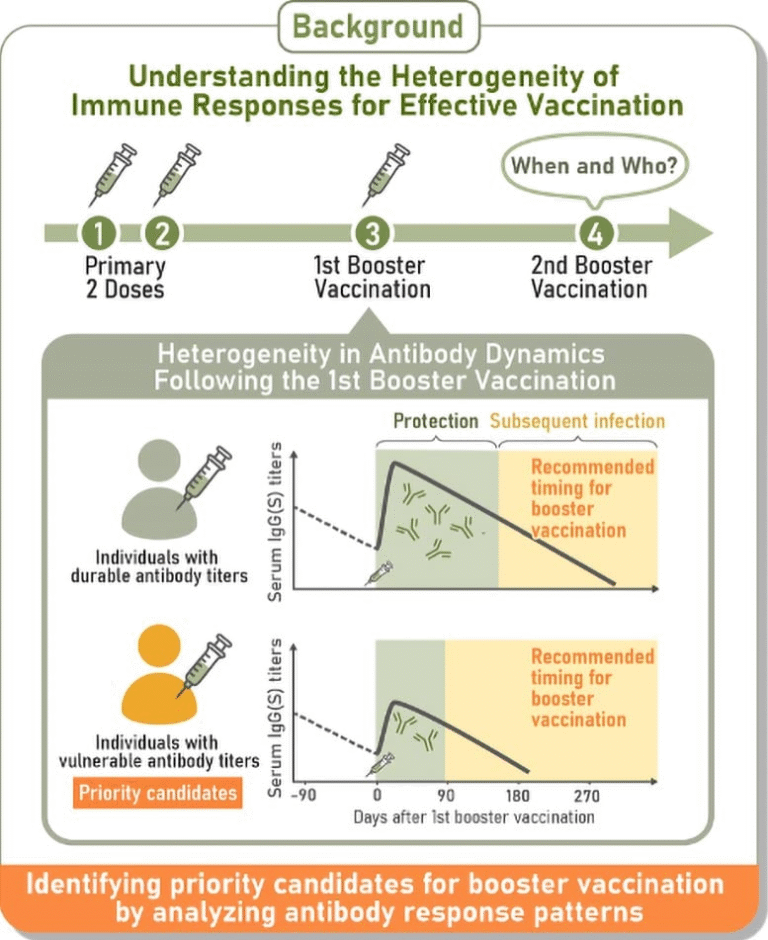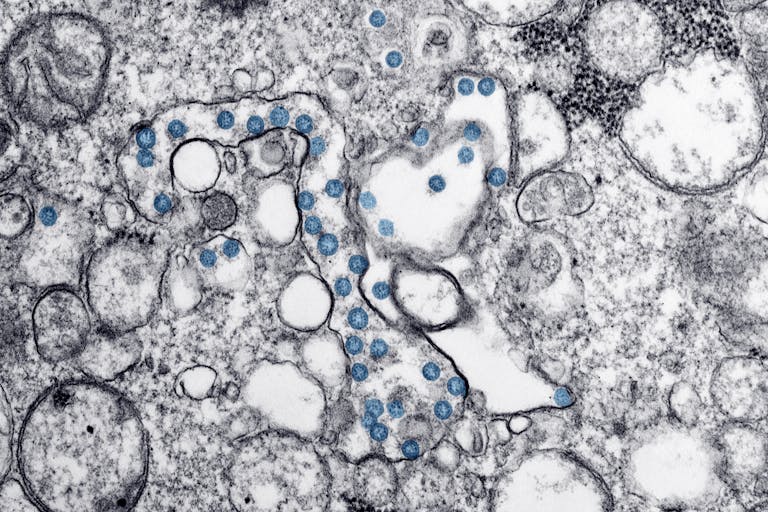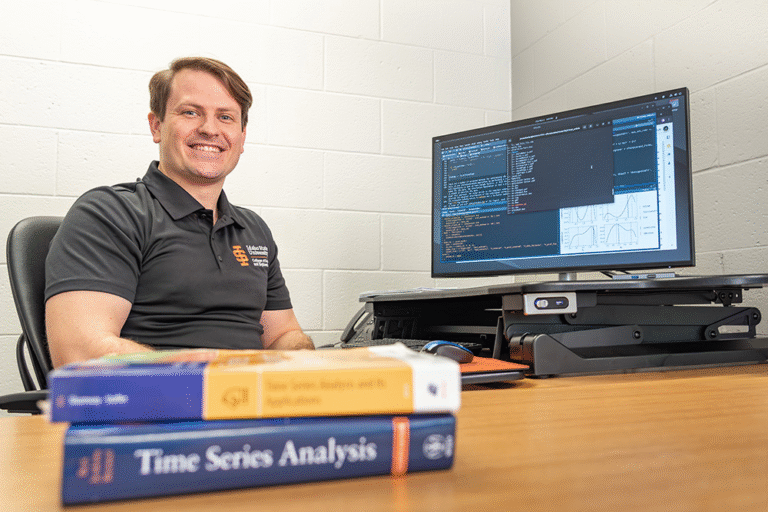Scientists Develop a New Framework to Explain How Gaslighting Works

Gaslighting has become a widely recognized term in recent years, often used in conversations about toxic relationships, manipulation, and abuse. Despite this cultural awareness, scientific research into gaslighting has been relatively thin. Now, a team of researchers from McGill University and the University of Toronto has introduced a brand-new theoretical model that aims to explain gaslighting in a way that is testable, grounded in psychology, and relevant to everyday life.
The study, published in June 2025 in the journal Personality and Social Psychology Review, was led by Willis Klein, a PhD candidate in McGill’s Department of Psychology, along with co-authors Suzanne Wood (University of Toronto) and Jennifer A. Bartz (McGill University). Their work provides a structured framework that goes beyond vague descriptions and offers a precise explanation of how gaslighting functions as a learning process.
The Research in Context
Gaslighting has been popularized through books, media, and therapy discussions, but most of these perspectives have been psychodynamic or anecdotal. Psychodynamic perspectives focus on unconscious drives, repression, or personality conflicts, but these ideas are difficult to scientifically test.
Klein and colleagues wanted to move away from these hard-to-verify explanations. Instead, they constructed a model that integrates prediction error minimization (PEM), symbolic interactionism, attachment theory, self-verification theory, and shared reality theory. The strength of this model is that it connects cognitive science with social and relational dynamics, offering researchers concrete ways to investigate how gaslighting works step by step.
The project was supported by major Canadian funding bodies: the Fonds de Recherche du Québec – Société et Culture (FRQSC), the Natural Sciences and Engineering Council of Canada (NSERC/CRSNG), and the Social Sciences and Humanities Research Council of Canada (SSHRC).
Gaslighting as a Learning Process
The most important contribution of this research is the idea that gaslighting can be seen as a learning process. To understand this, it helps to first explain prediction error minimization (PEM).
PEM is a concept from neuroscience and psychology that describes how our brains build internal models of the world. We predict what should happen next based on these models, and when something unexpected happens, our brain updates the model to minimize the difference between expectation and reality. This is how humans constantly refine their understanding of the world.
Gaslighters take advantage of this natural process. Here’s how the researchers describe the cycle:
- Violation of expectations – The gaslighter behaves in ways that are surprising or inconsistent. This creates a “prediction error” in the target, meaning their brain flags that something doesn’t match their expectation.
- Attribution of fault – Instead of resolving the mismatch in a straightforward way, the gaslighter redirects the cause of the confusion back onto the target. They imply the target is the one who is mistaken, forgetful, or confused.
- Repetition – This pattern is repeated over time. Each time, the target’s brain learns that the source of confusion lies not in the gaslighter’s behavior but in their own perception or judgment.
- Internalization of doubt – Eventually, the target comes to believe that they are “epistemically incompetent,” meaning they doubt their own grip on reality.
By framing gaslighting in this way, Klein and his colleagues show how manipulation isn’t just about lies or abuse—it’s about systematically exploiting trust and the brain’s learning mechanisms.
The Role of Trust and Close Relationships
One of the most striking elements of the new framework is its emphasis on trust. Humans don’t form their sense of reality in isolation; we constantly rely on close relationships—partners, friends, or family—to help us validate what is real and meaningful.
Gaslighters exploit this. By targeting people who trust them deeply, they gain what researchers call epistemic leverage. This leverage allows them to shape not just what the target believes about a single event, but the broader way the target views their own ability to perceive reality.
According to the model, gaslighting doesn’t require the target to have special vulnerabilities. In principle, anyone can be gaslit if they trust the wrong person enough. This makes gaslighting especially dangerous, because it shows that susceptibility is not limited to people with certain traits or backgrounds.
That said, the authors acknowledge that factors like attachment styles or trauma histories might influence how quickly or severely someone can be manipulated. Future studies could explore whether people with anxious or avoidant attachment patterns, for example, are more likely to doubt themselves under these conditions.
Boundaries and Distinctions
It’s important to note that the researchers are careful to distinguish gaslighting from related but different phenomena. For example:
- Ordinary lying: While lying involves deception, it doesn’t necessarily undermine the target’s trust in their own perception. Gaslighting goes further by creating doubt in the victim’s ability to understand reality.
- Persuasion: Persuasion is about influencing someone’s beliefs or actions but doesn’t always involve eroding their confidence in their basic cognitive competence.
- Memory distortion: Memory can naturally fail or be distorted, but gaslighting weaponizes these moments of confusion and actively redirects blame onto the target.
By mapping these boundaries, the model clarifies what makes gaslighting unique and insidious.
Implications for Research and Therapy
This study is theoretical, which means it doesn’t present new experimental data yet. Instead, it sets the stage for future work that can test specific predictions. For instance, researchers could design experiments that measure how people respond to unexpected behavior in trusted versus non-trusted relationships, or how repeated attribution of fault changes self-perception over time.
In practical terms, the model suggests possible therapeutic approaches. If gaslighting undermines a person’s trust in their own perception, then therapy could focus on helping survivors rebuild epistemic confidence—their belief that they can trust themselves to understand reality. This could be done by gradually affirming and validating the client’s perceptions, memories, and judgments.
Another straightforward but powerful “antidote” could be re-establishing connections with supportive people who act as alternative sources of reality validation. Distance from the gaslighter and reconnection with healthier relationships may allow the target to regain balance.
Why This Matters Now
Gaslighting is not a new phenomenon, but it has gained prominence in conversations about toxic relationships, workplace bullying, and even politics. Yet, much of the public discussion has been surface-level, lacking scientific depth. This new framework provides an academic foundation that researchers, clinicians, and even policymakers can use to better understand and respond to gaslighting.
By grounding the explanation in learning theory and social psychology, the study shows that gaslighting is not just a dramatic metaphor but a genuine psychological process with predictable steps. It also underscores that gaslighting is not about weakness in the victim but about the manipulator’s exploitation of trust.
Additional Background: What Exactly Is Gaslighting?
Since the term gets used often, it’s worth pausing to clarify its origins and meaning.
The word gaslighting comes from the 1938 play Gas Light and its 1944 film adaptation. In the story, a husband manipulates his wife into doubting her own sanity by subtly altering elements of their environment—like dimming the gas lights—and then denying that anything has changed.
In modern usage, gaslighting refers to any sustained manipulation where someone causes another person to question their perception, memory, or sanity. It often shows up in abusive romantic relationships but can also occur in friendships, families, or professional environments.
How Widespread Is Gaslighting?
While difficult to quantify, gaslighting is thought to be relatively common in abusive relationships. Surveys and clinical reports suggest that many survivors of psychological abuse describe gaslighting as one of the most damaging tactics they experienced.
Gaslighting is particularly harmful because it attacks a person’s epistemic core—their sense of what is true and real. Unlike insults or even lies, gaslighting undermines the very ability to trust oneself.
The Next Steps in Gaslighting Research
The publication by Klein and his colleagues is just the beginning. Because it is a conceptual framework, it opens the door for empirical research to test the model. Possible directions include:
- Laboratory studies on how prediction error attribution affects self-confidence.
- Longitudinal studies of people in manipulative relationships to track changes in self-perception over time.
- Clinical trials of therapies aimed at restoring epistemic confidence in survivors of gaslighting.
The researchers also note that their model could be extended beyond interpersonal dynamics to institutional or political gaslighting, where leaders or organizations cause large groups of people to doubt their shared reality.
Final Thoughts
Gaslighting has been a buzzword for years, but this new study provides a much-needed scientific foundation for understanding it. By reframing gaslighting as a process that hijacks the brain’s natural learning mechanisms, Klein, Wood, and Bartz have given researchers and clinicians a powerful way to investigate the phenomenon more deeply.
The key message is clear: gaslighting can happen to anyone, not because they are weak, but because humans naturally rely on trust and close relationships to shape their sense of reality. Understanding this process is the first step toward both preventing gaslighting and helping survivors recover.





